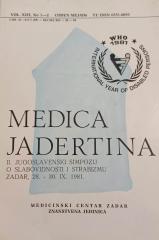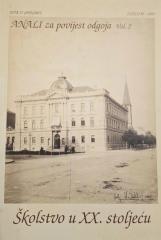
Gospodarstvo Osijeka 1196. – 1996.
Knjiga predstavlja sveobuhvatan prikaz gospodarskog razvoja Osijeka kroz osam stoljeća. Djelo se temelji na povijesnim izvorima i znanstvenim analizama, pružajući uvid u gospodarske prilike od srednjeg vijeka do suvremenog doba.
Knjiga započinje s najranijim zapisima o Osijeku iz 1196. godine, opisujući njegov položaj kao trgovačkog i obrtničkog središta na važnim prometnim putovima uz Dunav. Autor detaljno obrađuje razdoblja pod ugarskom, osmanskom i habsburškom vlašću, ističući značaj poljoprivrede, trgovine i zanatstva. Posebna pažnja posvećena je 18. i 19. stoljeću, kada Osijek postaje značajan gospodarski centar s razvojem industrije, posebice tekstilne, prehrambene i metalne. Đidara naglašava ulogu infrastrukture, poput izgradnje željeznice i luke, u modernizaciji grada.
U 20. stoljeću knjiga pokriva gospodarske izazove tijekom svjetskih ratova, socijalističkog razdoblja i tranzicije nakon osamostaljenja Hrvatske. Posebno se analizira industrijski razvoj u Jugoslaviji te utjecaj rata 1991.–1995. na osječku ekonomiju. Đidara također raspravlja o potencijalima za budući razvoj, uključujući turizam i poljoprivredu.
Knjiga je strukturirana kronološki, s naglaskom na empirijske podatke, statistike i arhivske izvore, što je čini vrijednim resursom za povjesničare i ekonomiste. Iako je fokus na Osijeku, djelo pruža uvid u širi regionalni kontekst istočne Hrvatske. Stil je akademski, ali pristupačan, s ciljem očuvanja povijesne memorije grada.
Jedan primjerak je u ponudi





